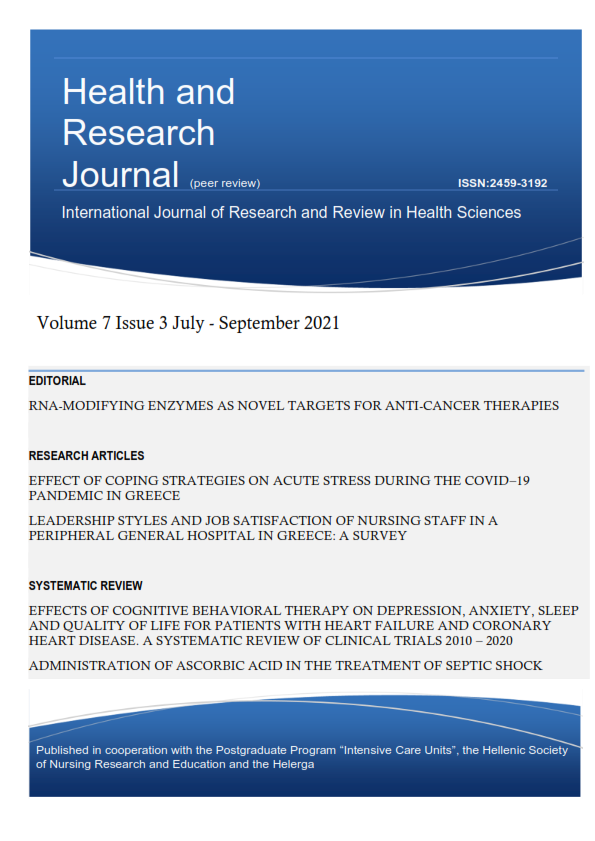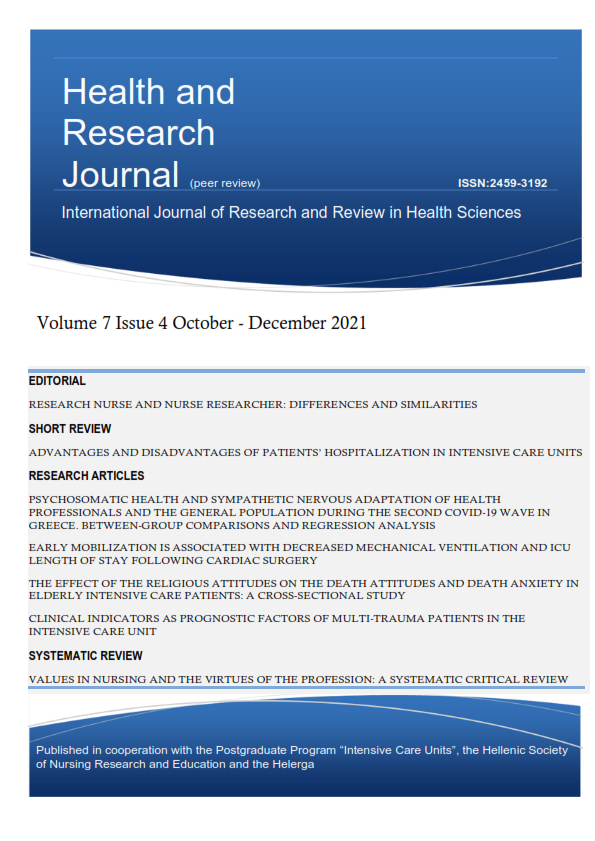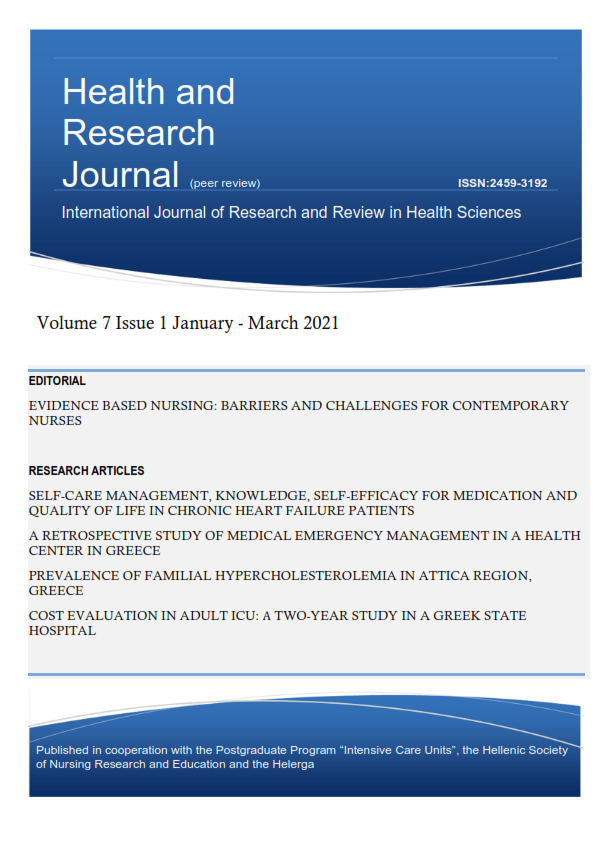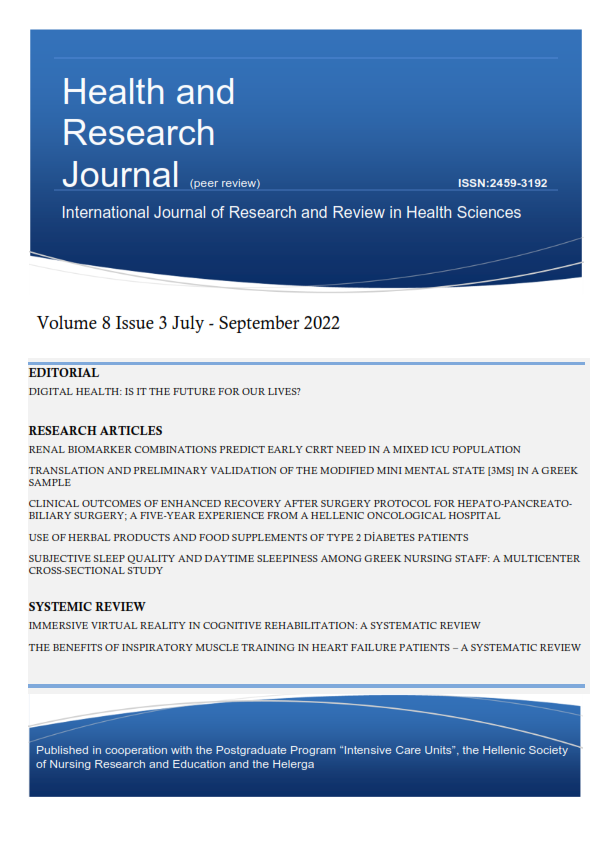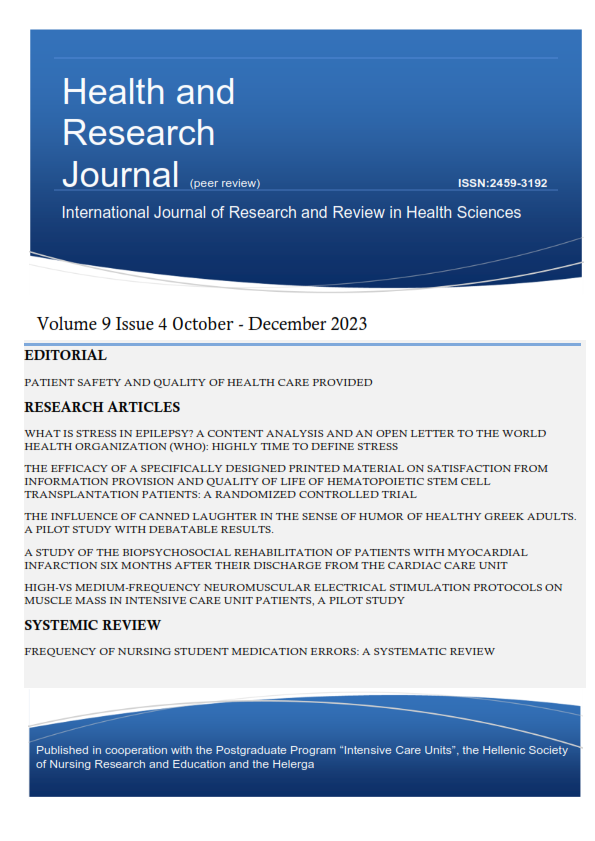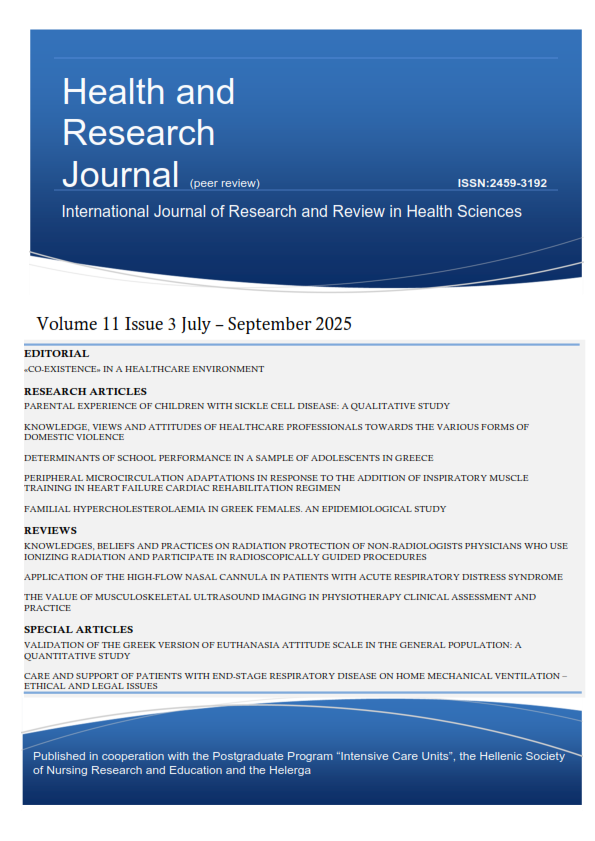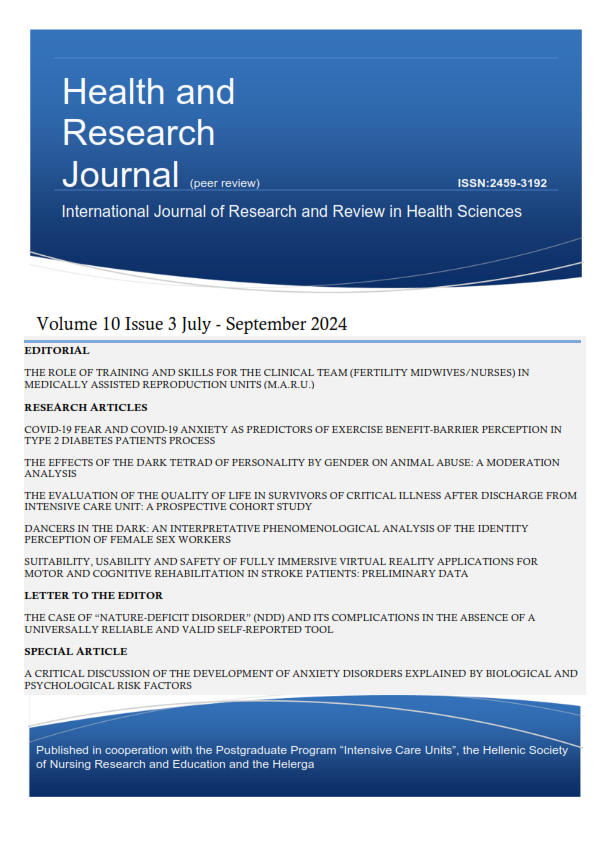Symptomatic heterotopic ossification: incidence and risk factors of a musculoskeletal complication in a general Intensive Care Unit
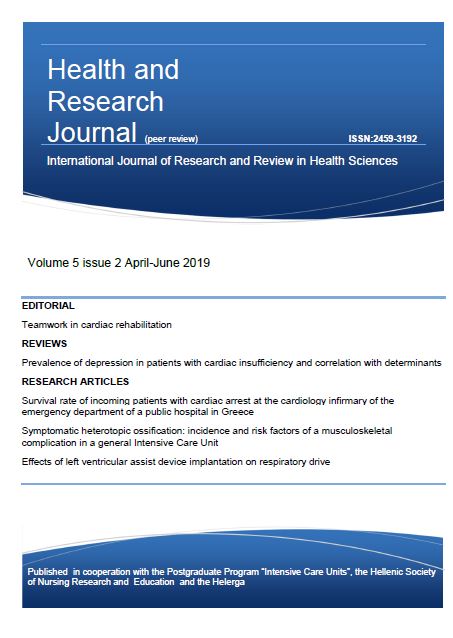
Abstract
Background: Heterotopic ossification is a musculoskeletal complication in patients in intensive care unit which expects to impair their mobility and quality of life after discharge. The aim of the study was to examine the incidence and the risk factors of heterotopic ossification in critically ill patients.
Methods: One hundred-ninety seven consecutive patients evaluated through clinical and laboratory screenings for heterotopic ossification upon admission and discharge and 123 of them were eligible for the study. Symptomatic heterotopic ossification was confirmed to 9 patients (7.31%) by means of ultrasonography and radiography. Many risk factors examined by logistic regression such as age, admission of Glasgow Coma Scale score, length of stay in intensive care unit, duration of mechanical ventilation, duration in Venturi mask and in mask tracheostomy, days in coma, traumatic and non-traumatic brain injury, increased intracranial pressure monitoring, autonomic dysregulation and days in respiratory alkalosis.
Results: The risk factors that predict heterotopic ossification were: age, duration of mechanical ventilation, respiratory alkalosis, days in coma, admission of Glasgow Coma Scale score, increased intracranial pressure monitoring, autonomic dysregulation, and non–traumatic brain injury. In multivariate analysis were found significant the autonomic dysregulation, the respiratory alkalosis, the increased intracranial pressure monitoring and the duration of mechanical ventilation (F=17.44, p<0.00).
Conclusions: The incidence of symptomatic heterotopic ossification appears to be significant in a general intensive care unit. A few factors seem to predict the occurrence of it, confirming previous studies. Larger studies are needed to be done for better prevention and early identification of this frequent musculoskeletal complication in critical ill patients.
Article Details
- How to Cite
-
Christakou, A., Alimatiri, M., Patsaki, E., Kouvarakos, A., Papadopoulos, E., Efstathiou, F., Sidiras, G., & Nanas, S. (2019). Symptomatic heterotopic ossification: incidence and risk factors of a musculoskeletal complication in a general Intensive Care Unit. Health & Research Journal, 5(2), 66–76. https://doi.org/10.12681/healthresj.20876
- Section
- Original Articles
Copyright notice:
The journal "Health and Research Journal" reserves the rights for copyright of the content of the website and also the copyright of the articles published.
By virtue of their appearance in this journal, the articles are free to be used for non-commercial purposes. However, the articles cannot and must not be used in anyway, published elsewhere or modified without any reference to the author and the first publication of the article.



